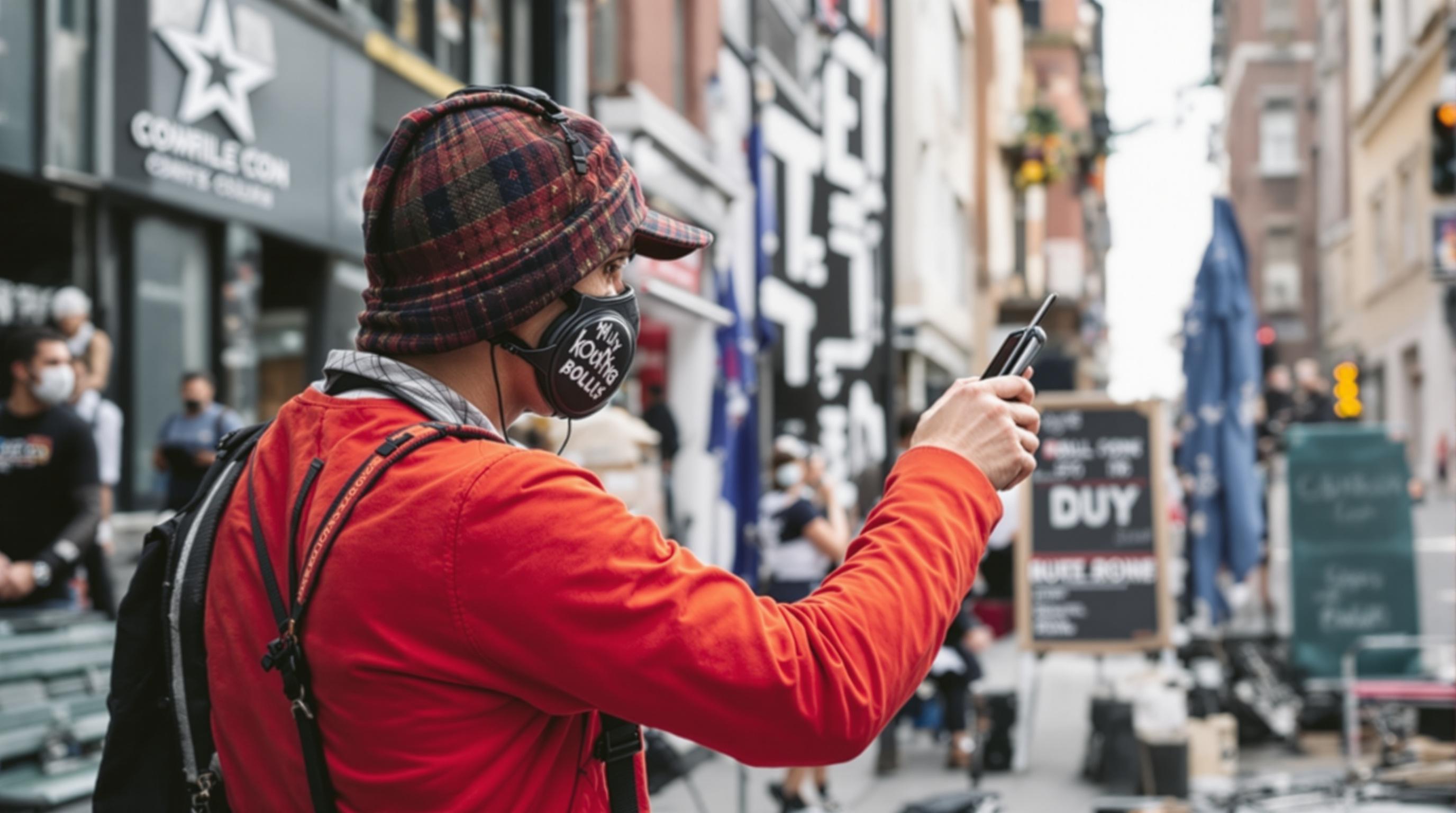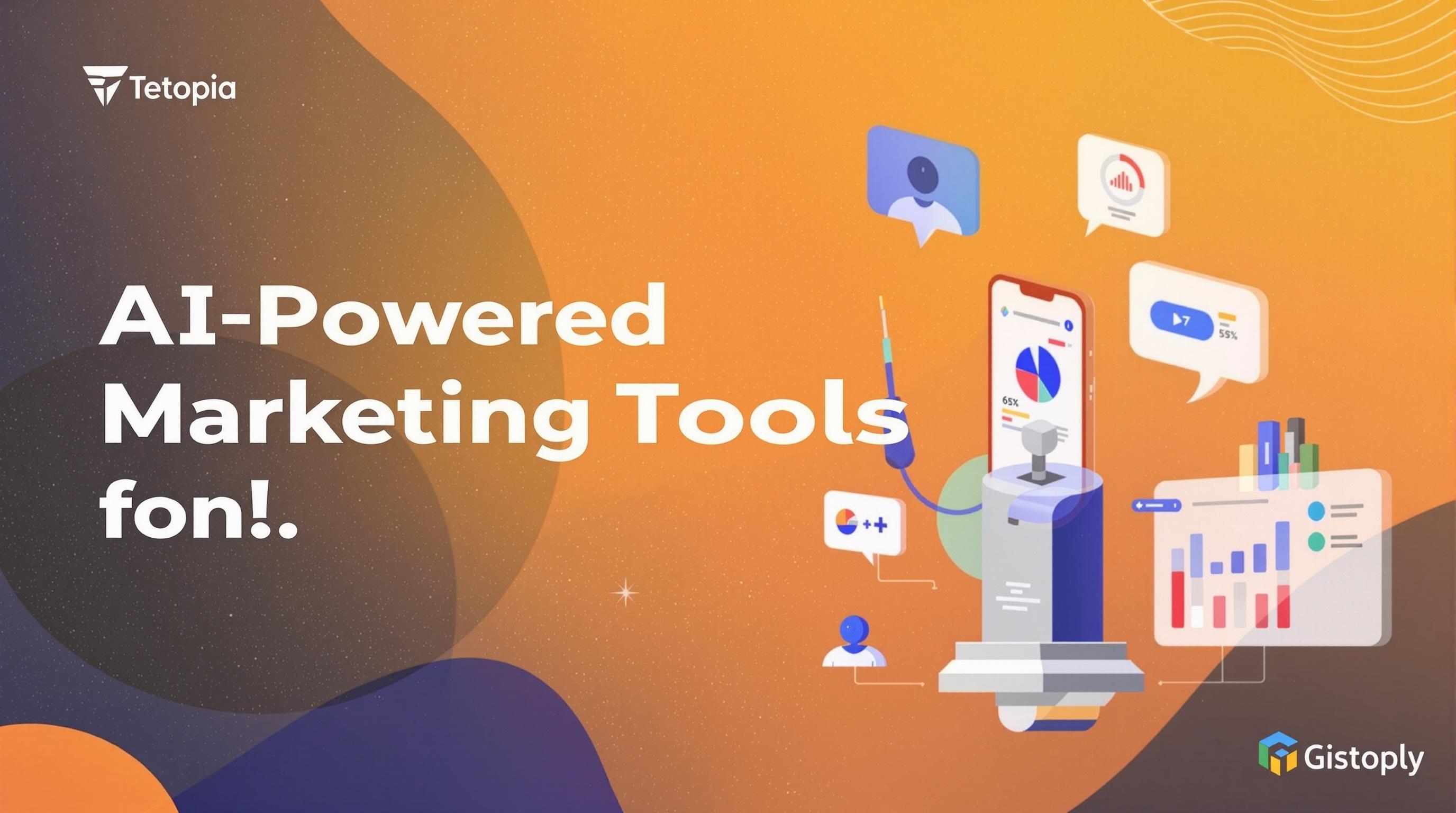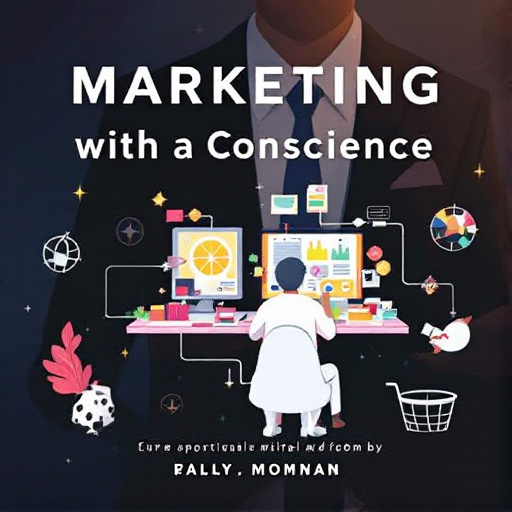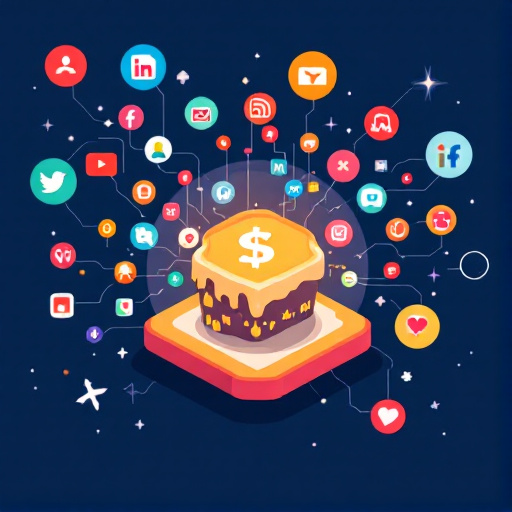Featured Articles
- 12 Innovative Guerrilla Marketing Tactics to Explode Your Brand Visibility Without Breaking the Bank
- How Sensory Branding Taps Smells and Sounds to Forge Deeper Emotional Bonds with Customers
- Marketing with a Conscience: How Brands are Embracing Ethical Dilemmas to Drive Consumer Loyalty
- The Rise of Eco-Conscious Branding: Turning Green Ethics into Marketing Gold
- The Surprising Role of Memes in Shaping Modern Brand Strategies: A New Frontier in Business Marketing
The Surprising Role of Memes in Shaping Modern Brand Strategies: A New Frontier in Business Marketing
The Surprising Role of Memes in Shaping Modern Brand Strategies: A New Frontier in Business Marketing
Memes have evolved from mere internet jokes to powerful tools reshaping brand strategies, allowing businesses to engage with audiences on an unprecedented level. This article explores how memes impact marketing, provide case studies, and highlight practical applications suitable for any brand seeking to connect with modern consumers.
Understanding Memes in the Digital Age
Memes are more than just funny images with witty captions; they're cultural signposts that reflect societal trends, beliefs, and emotions. According to a 2019 study by the Pew Research Center, 55% of U.S. adults reported sharing a meme online, indicating its prevalent reach across demographics.
The Psychology Behind Memes
This rise in sharing is backed by psychology—our brains are wired for humor and relatability. Memes tap into both, making them an effective means of communication. When a brand utilizes a meme that resonates with its audience, it creates a sense of community. The term "meme" itself was coined by renowned evolutionary biologist Richard Dawkins in his 1976 book "The Selfish Gene," highlighting how ideas spread and evolve in society. In today’s social media landscape, memes thrive due to their rapid sharing capabilities, making certain messages go viral.
Case Study: Wendy's Roast Strategy
One of the best examples of successful meme integration in branding comes from fast-food giant Wendy's. Their sassy Twitter account, which often involves humorous "roasting" of competitors, has earned them thousands of followers and massive engagement rates. In 2017, Wendy’s posted a tweet: “Don't eat at McDonald's. We're convinced that sounds like a bad idea…” This single tweet resulted in 1.3 million impressions, showcasing the sheer power of strategic meme usage in brand engagement.
Memes: The Modern Word of Mouth
Ever noticed how a simple moment can become a meme that circulates endlessly? Consider classics like the “Distracted Boyfriend” or the “Woman Yelling at a Cat.” These archetypes give brands and marketers an effortless way to convey complex messages succinctly. As meme-based communication often carries a sense of humor, it diminishes traditional advertising’s hard sell, making it more approachable. The “shareability” factor is vital here—when users resonate with a meme, they are likely to share it among their network, amplifying the message organically.
Creating Authentic Connections
Statistics suggest that 86% of consumers prefer to connect with brands that produce relatable and authentic content. Brands that adopt memes effectively often create moments of genuine connection with their audience. Humor fosters trust; in a world oversaturated with ad noise, getting a chuckle can transform a potential customer’s perception of a brand from distant to personal.
The Importance of Timing
Timing is everything when it comes to memes; they often rely on current events or trends. The brand that injects itself into trending memes promptly can gain visibility and relevance. A poignant example of this was when Nike launched its advertising campaign featuring Colin Kaepernick amidst the NFL protests. While this wasn’t a meme per se, it exemplified timely alignment with societal conversations. The result? Nike saw an increase in sales by 31% in the quarter following the launch, illustrating how connecting with timely cultural moments can yield palpable financial gains.
Engaging Different Audiences
Memes also offer a unique opportunity to engage diverse audiences. For instance, while a Gen Z audience may find humor in TikTok trends, older generations might connect differently with nostalgic memes. Therefore, brands need to segment their strategies accordingly, sometimes creating several versions of a meme-based campaign to cater to distinct demographics. Several brands, such as Netflix, have successfully adapted this multi-layered approach across various platforms, ensuring that their memes align with specific audience expectations.
Tools for Meme Creation and Distribution
Creating a successful meme isn’t just improvisational art; it also involves strategic planning and the right tools. Websites like ImgFlip and Canva allow users to easily overlay text on images or use templates specifically designed for meme creation. Following a branding guideline while creating memes is crucial to maintaining your brand's voice and identity while being relatable.
Utilizing User-Generated Content
One of the most powerful strategies is leveraging user-generated memes. Encouraging followers to create their own memes about your brand can lead to a treasure trove of organic and diverse content. For example, the #ShareaCoke campaign by Coca-Cola not only personalized the consumer experience with branded bottles but also encouraged countless memes across social media. It led to enhanced engagement, where users embraced the chance to create personalized content anchored by the brand.
The Risks and Considerations
It’s important to note that meme marketing is not without its pitfalls. Missteps in meme culture can lead to instant backlash. A classic example was when the brand H&M faced severe criticism for a hoodie that featured a child of color wearing the slogan "Coolest Monkey in the Jungle." While it wasn't a meme, this incident shows how brands can misinterpret cultural contexts. Successful meme strategy must be paired with sensitivity and awareness of the cultural landscape.
Memes as a Tool for Storytelling
Memes can transform brand messaging into engaging narratives. Take, for instance, the famous "Success Kid" meme featuring a toddler with a clenched fist. Brands like Evian used this meme to show a consumer achieving personal success through their product: “When you finally realize being hydrated feels amazing.” By embedding relatable storytelling in memes, businesses can humanize their brand, facilitating connection on a deeper level.
Monitoring Your Meme Strategy
As with any marketing strategy, monitoring and adjusting is essential. Tools like Google Trends and social media analytics can give insights into how well memes are performing, allowing brands to pivot more effectively. Brands should track metrics such as shares, likes, and comments to measure engagement and adapt their meme strategies accordingly.
The Future of Memes in Marketing
Meme marketing is still in its infancy, making it a promising arena for innovation. Emerging technologies, such as AI-driven meme generators, may soon allow brands to create targeted memes in real-time based on trending data. This technology could represent the next big leap in business marketing strategy, pushing brands into even more personalized and tailored ad experiences.
The Evolution of Brand Communication
Considering the trajectory of communication over the last few decades—from print ads to television commercials, and now to digital marketing—it's evident that brands are increasingly required to adapt. As meme culture becomes more entrenched in society, brands that remain reluctant to engage might find themselves left behind. Instead, by embracing and harnessing the potential of memes, businesses can forge deeper connections, drive engagement, and develop innovative marketing strategies.
Conclusion
In the end, the surprising role of memes in shaping modern brand strategies signifies a shift towards more nuanced and playful interactions with consumers. Brands that master the art of meme marketing may well be standing at the forefront of a new marketing revolution, where connection and culture reign supreme.
As a 28-year-old digital marketer who has witnessed this transformation firsthand, I can assure you that there’s no sign of this trend fading any time soon. Embrace the meme-ified future, and watch your brand's connection with consumers soar!



